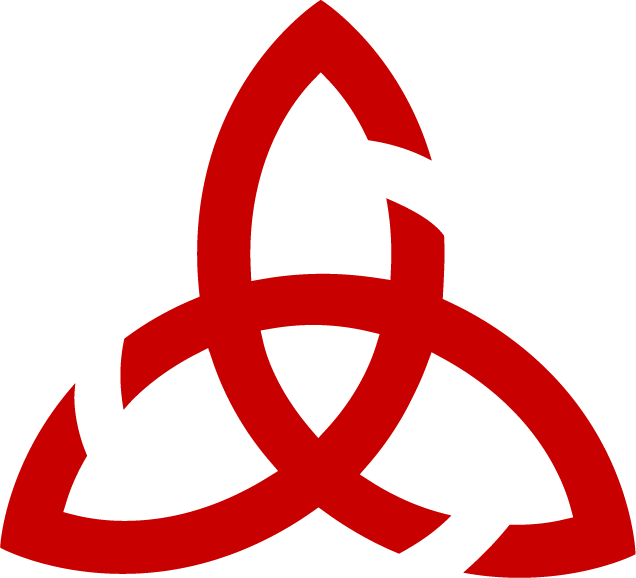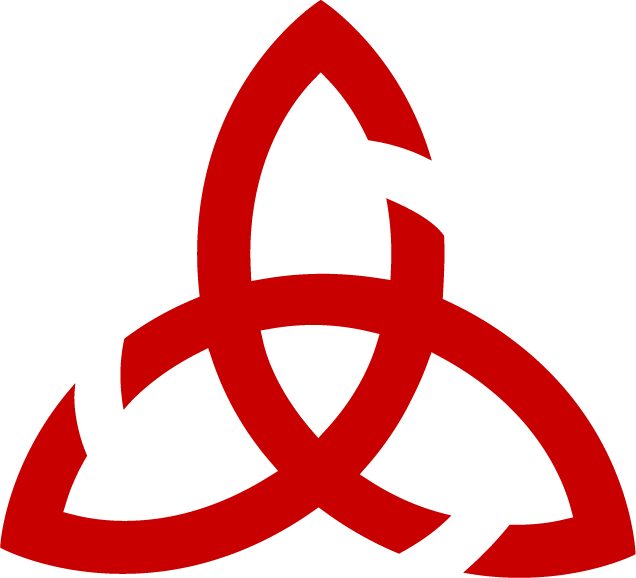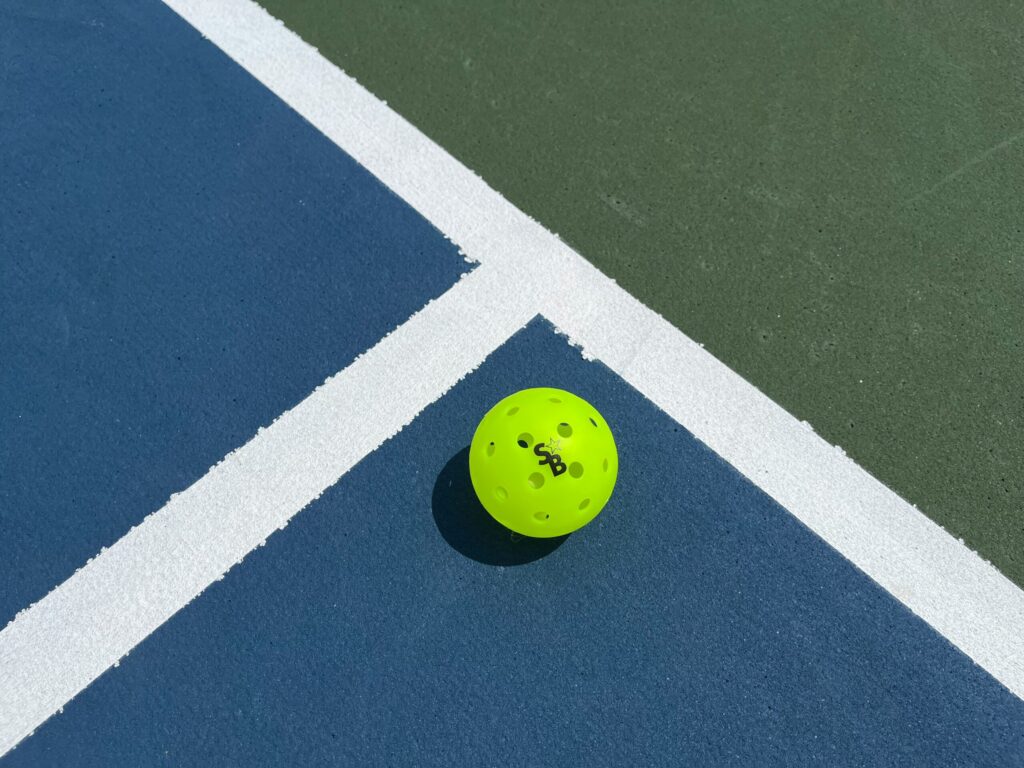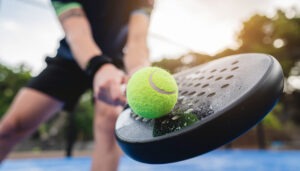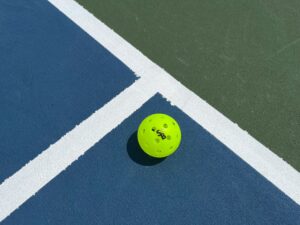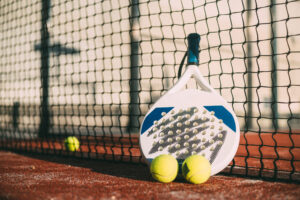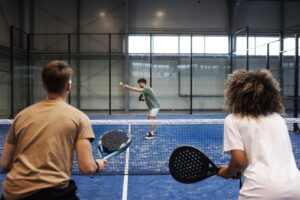Padel and pickleball are two racquet sports fighting for dominance across the world—and in 2025, the battle has reached the United States. As both games continue to grow in popularity, their differences (and surprising similarities) reveal a fascinating story about how people want to play, compete, and connect.
1. A Tale of Two Sports
Padel was born in Mexico in the 1970s and perfected in Spain, quickly becoming Europe’s fastest-growing sport. Its enclosed glass courts, doubles play, and strategic shot-making make it a perfect mix of tennis, squash, and social fun.
Pickleball, on the other hand, was invented in the U.S. in the 1960s. Played on a smaller court with a paddle and a plastic ball, it became a favorite among retirees before expanding to younger generations.
Now, with both sports expanding rapidly in the U.S., players and investors are asking: Which one will rule the courts?
2. Court & Equipment: Size Matters
- Padel courts measure 20×10 meters and are surrounded by glass walls that keep the ball in play, encouraging longer, more tactical rallies.
- Pickleball courts are smaller, 13.4×6.1 meters, with an open layout—faster rallies but shorter exchanges.
In terms of equipment:
- Padel rackets are made from carbon fiber or fiberglass, with perforated surfaces for spin and precision.
- Pickleball paddles use lightweight materials like polymer or graphite, built for reflex and control.
For those exploring gear, the best padel racket 2025 models emphasize power balance and vibration control, giving players the same advanced feel professionals enjoy in the Premier Padel Tour.
3. Gameplay & Rules: Power vs. Precision
Padel relies heavily on teamwork, positioning, and clever angles. The ball can bounce off walls, rewarding tactical awareness and quick reflexes. Points often turn into thrilling exchanges where creativity matters more than brute strength.
Pickleball focuses on reflexes, touch, and placement. Its signature “kitchen” rule prevents smashing too close to the net, making rallies strategic and quick.
Padel vs. Pickleball rules 2025:
- In padel, players serve underhand diagonally, and scoring follows tennis format (15-30-40-game).
- In pickleball, games go to 11 points, and only the serving team can score.
The result? Padel feels like tennis with a social twist, while pickleball feels like table tennis played on a court.
4. Popularity in the USA: The New Frontier
In 2025, both sports are booming—but padel’s growth in the USA is accelerating fast.
- According to Padel USA Federation, the country now has over 500 padel courts, compared to just 75 in 2021.
- Major investors like LeBron James and David Beckham have shown interest in the sport’s global expansion.
- Cities like Miami, Los Angeles, and New York are becoming hotspots for indoor padel clubs.
Meanwhile, pickleball still dominates participation rates, with millions of casual players nationwide. Yet, padel is capturing a different audience—those seeking a premium, high-energy, and stylish experience.
5. Culture & Community
Padel’s appeal lies in its social energy. Matches are always doubles, so it naturally builds friendship, teamwork, and connection. Padel clubs often feel like lifestyle destinations—complete with cafés, lounges, and events.
Pickleball’s culture, though more casual, has built massive communities, particularly among retirees and local sports groups.
For younger and more competitive players, however, padel feels fresher, faster, and more global.
6. The Verdict: Can Both Win?
Instead of rivals, padel and pickleball might become complementary forces in the racquet sports world.
- Pickleball will likely stay dominant for accessibility and cost.
- Padel, meanwhile, will rise as the luxury, international version—a sport that fuses fitness, fashion, and social life.
So whether you’re in Madrid, Miami, or Milan, one thing is clear: Padel’s future is global.
